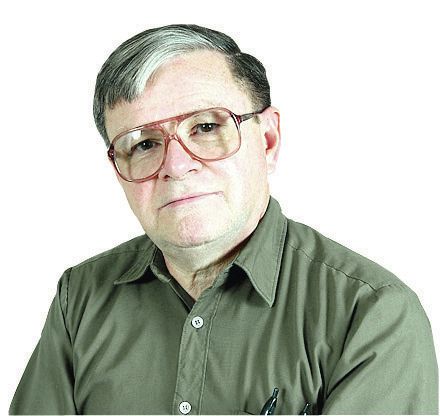Click here to subscribe today or Login.
Did insensitive officials change the names of immigrants coming into America years ago?
This idea has been a popular one in recent decades, even among some genealogists, but a Michigan State University professor says it’s false.
In fact, says Kirsten Fermaglich in a recent issue of “The Conversation,” an online magazine, officials at places like Ellis Island worked from ship manifests and did not have to write anything down. “Bureaucrats simply checked immigrants’ names to make sure they matched the names already on ships’ passenger lists.”
Focusing on Jewish families, Fermaglich looks at American legal documents, concluding that name changes were done primarily by the families themselves after they arrived. The story about immigration officials changing names of incoming passengers, she says, did not arise until about the 1970s, a time of growing ethnic pride and distrust of government.
Another researcher, Anne Gillespie Mitchell (“Ancestry Anne”), reminds us of still more factors in the genealogical name game. A name might have been written incorrectly by an official at the point of departure, or the family might have used different spellings of its name in “the old country.” Or perhaps the family was not literate and did not know how to spell the name.
In dealing with immigrants we must also remember that different countries can use different types of alphabets. For instance, taking a Russian or Greek name in the Cyrillic alphabet and rendering it in English with its Latin alphabet requires transliteration – using approximate letters when exact equivalents do not exist.
The takeaway is simple. Don’t blame federal agents for ancestral names. Just work with the ones you find.
Genealogical Society News: Congratulations to Jude Smith, of Larksville, who after painstaking study and research completed a map of the Old Slovak Cemetery in Plains Township. She consulted church records to determine the location of the 1,100 people interred there, most of them not named on the headstones. In addition, she did yeoman work clearing brush and debris from the old burial, closed many years ago. Her story is told in the current newsletter of the Northeast Pennsylvania Genealogical Society. The map may be viewed at the society’s research library, which is on the grounds of the Hanover Green Cemetery, Main Road, Hanover Township.
The research library will be open every Thursday in June, 10 a.m. to 7 p.m., and on June 9 (a Saturday) 10 a.m. to 2 p.m.
Yearbooks: News that the Wilkes-Barre Area School District will combine the sports teams of its three high schools in fall 2019 suggests that complete consolidation of the three high schools might not be far away. Current plans call for consolidating two schools — Coughlin and Meyers — as soon as a new building is constructed, while GAR, operating in a 93-year-old building, remains independent.
So, there’s no time like the present for genealogists to pool their personal and family yearbooks from these schools and donate them to the appropriate library or historical society. High school yearbooks, which began locally in the early decades of the 20th century, are excellent sources of information about ancestors’ graduations, sports and interests, as well as photos.
Resources: FamilySearch, the free online database, continues to demonstrate a commitment to genealogists of all ethnic backgrounds. Its latest trove of available material includes many thousands of vital records from the South American nations of Argentina, Bolivia, Brazil and Venezuela and the African nation of Benin as well as western nations, and the U.S. FamilySearch is truly a world of information.





